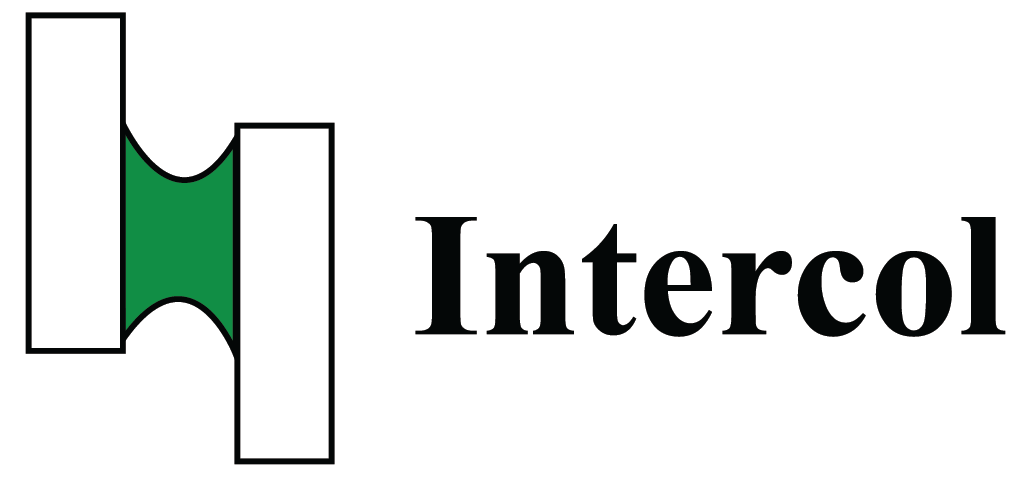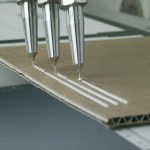Mattojen kierrätys on ollut haasteena jo monta vuotta. Kierrätysreittejä on lopulta useita.
- Mekaaninen kierrätys (uudelleen sulatus)
- Kemiallinen kierrätys (uudelleen polymerisointi)
Mitä on mekaaninen kierrätys?
Mekaaninen kierrätys on prosessi, jossa muovijäte otetaan talteen mekaaniset menetelmät kuten lajittelu, pesu, kuivaus, jauhaminen, uudelleen jauhaminen ja sekoittaminen. Muista kierrätysmenetelmistä poiketen mekaaninen kierrätys ei muuta kemiallista rakennetta materiaalista. Tämä mahdollistaa moninkertainen uudelleenkäyttö polymeerimateriaaleista, luoden suljettu silmukka jossa käytöstä poistetut materiaalit muutetaan uusioraaka-aineiksi uusia sovelluksia varten. Mekaanisen kierrätyksen vaiheisiin kuuluvat tyypillisesti:
- Kokoelma: Muovijätteen kerääminen.
- Lajittelu: Muovien erottelu niiden materiaalityypin perusteella (esim. PET, HDPE jne.).
- Pesu: Muovien puhdistaminen epäpuhtauksien poistamiseksi.
- Kuivaus: Muovien kosteudettomuuden varmistaminen.
- Hionta: Muovien pienentäminen pienemmiksi hiukkasiksi.
- Yhdistäminen ja pelletöinti: Yhtenäisten pellettien luominen uudelleenkäyttöä varten.
Kaikki käytöstä poistetut kestomuovit voidaan kierrättää mekaanisesti, ja niiden laatu heikkenee rajoitetusti sovellettavasta strategiasta riippuen. Muovien tehokkaaseen lajitteluun käytetään tekniikoita, kuten kelluva-allas-lajittelua, lähi-infrapunalajittelua ja röntgenfluoresenssia. Mekaanista kierrätystä käytetään Euroopassa laajalti sekä primaarisen (teollisen) että sekundaarisen (kuluttajan jälkeisen) muovijätteen käsittelyyn. Sillä on ratkaiseva merkitys kestävämmän ja kiertotalouden saavuttamisessa.
Mitä on kemiallinen kierrätys?
Kemikaalien kierrätys on prosessi, jossa polymeerijätteen muuntaminen muuttamalla sen kemiallinen rakenne ja muuttamalla se takaisin aineiksi, joita voidaan käyttää raaka-aineina muovien tai muiden tuotteiden valmistuksessa. Toisin kuin mekaaninen kierrätys, jossa muovijätettä jalostetaan uusioraaka-aineiksi muuttamatta merkittävästi materiaalin kemiallista rakennetta, kemikaalien kierrätys hajottaa polymeerejä heidän rakennuspalikat. Näistä rakennuspalikoista voidaan sitten valmistaa uusia muoveja, kemikaaleja tai jopa polttoaineita. Kemikaalien kierrätystekniikoita on useita, muun muassa:
- Pyrolyysi: Kuumennetaan muoveja hapettomassa ympäristössä, jolloin ne hajoavat pienemmiksi molekyyleiksi.
- Kaasutus: Muuntelee muovit kaasuseokseksi, jota voidaan jatkojalostaa.
- Vesikrakkaus: Käyttää korkeita lämpötiloja ja vetyä muovien hajottamiseen.
- Depolymerisaatio: Hajottaa polymeerit monomeereiksi, jotka voidaan sitten koota uudelleen uusiksi muoveiksi.
Kemiallinen kierrätys täydentää muita kierrätysmenetelmiä ja mahdollistaa sellaisten monimutkaisten muovijätevirtojen käsittelyn, jotka muuten päätyisivät polttoon tai kaatopaikalle. Kierrätys mahdollistaa myös sellaisten kierrätysmuovien valmistuksen, jotka ovat ominaisuuksiltaan samankaltaisia kuin neitseelliset muovit, joten ne soveltuvat vaativiin sovelluksiin, kuten elintarvikekontaktimateriaaleihin. Kun teollisuus investoi enemmän kemialliseen kierrätykseen, se edistää muovien kiertotaloutta ja tukee kestävän kehityksen tavoitteita.
Kootun materiaalin kierrätys
Sekä mekaaninen että kemiallinen kierrätys edellyttävät puhdasta raaka-ainevirtaa, jotta saavutetaan korkein laatu ja tehokkain käsittely. Mekaanisen kierrätyksen tyypillisiä haittatekijöitä ovat materiaalien huonompi laatu depolymerisoitumisen ja materiaalien epäpuhtauksien (pigmentit/värit, lisäaineet, sideaineet jne.) vuoksi.
Kemialliset kierrätysprosessit vaativat valtavia määriä energiaa. Mieluiten uusiutuvaa vihreää energiaa, koska fossiilista energiaa käytettäessä olisi saattanut olla taloudellisempaa käyttää fossiileja neitseellisen muovin tuotantoon.
Nopea johtopäätös on, että mekaaninen kierrätys on suositeltavampaa ja kemialliset kierrätysprosessit ovat käyttökelpoisia vasta useiden mekaanisten kierrätysjaksojen jälkeen, jotta voidaan välttää kaatopaikoille sijoittaminen ja vähentää fossiilisten materiaalien käyttöä.
Miten kierrättää matto?
Matto on valmistettu joistakin tyypillisistä komponenteista, kuten:
- Kuidut (maton pinta)
- Ensisijainen taustalevy (scrim, joka pitää kuidut).
- Precoat (sideaine, pitää kuidut kiinni alustassa)
- Toissijainen pinnoite (sideaine, pitää sisällään täyteaineet ja lisäaineet, kuten palonestoaineet, luo mittasuhteiden vakauden).
- Toissijainen taustalevy (lisää mittapysyvyyttä).
Teoriassa kaikki materiaalit voitaisiin valmistaa yhdestä ainoasta materiaalista, mutta pigmenttien lisäaineet ja pinta-aktiiviset aineet ovat aina osa koottuja tuotteita. Jopa samasta "polymeeriperheestä" valmistetut sideaineet häiritsevät mekaanista kierrätysprosessia. Siksi on käytännöllisempää käyttää soluble-sideainetta, jotta matot voidaan jauhaa niiden käyttöiän lopussa ja erottaa materiaalit erässä emäksisessä liuoksessa tai miedoissa liuottimissa. Frauenhoferin Creasolv-prosessi on jo osoittautunut käyttökelpoiseksi prosessiksi mattojen kuitujen erottamiseksi taustamateriaaleista, kun käytetään VAE-sideainetta.
VAE-sideaineet voivat olla veteen liukenevia, ja miedoilla liuottimilla erottuminen on vielä nopeampaa. Näin ollen kierrätetyt puhtaat kuidut voidaan käyttää uudelleen uusien kuitujen valmistukseen (mekaaninen kierrätys). Riippuen kelmumateriaalista, jos se on samaa materiaalia kuin kuidut, se voidaan myös kierrättää mekaanisesti tässä prosessissa. Täyteainetta ja VAE-sideainetta voidaan käyttää kierrätetyissä täyteaineissa. Jos kierrätetty VAE edistää tarttuvuutta, odotetaan, että kierrätyspinnoitteissa tarvitaan vähemmän uutta VAE:tä.

Miten tehdä oikea yhdiste?
Intercol on VAE-yhdisteiden asiantuntija. Olemme valmistaneet yhdisteitä monille teollisuudenaloille, myös matoille. On muitakin syitä harkita VAE:tä mattojen taustamateriaaliksi:
- VAE on kestomuovia
- VAE:n VOC-pitoisuus on alhainen (esim. SB:hen verrattuna).
- VAE:n syttyvyys on alhaisempi kuin SB:n. Joten palonestoaineita tarvitaan vähemmän tai ei lainkaan palonestoaineita palonsuojatun maton valmistukseen.
- VAE:tä on saatavana useina Tg:nä, ja yhdisteitä voidaan valmistaa tarpeittesi mukaan.
- VAE on yhteensopiva monien lisäaineiden kanssa, jotka parantavat yhdisteiden ominaisuuksia, kuten palonestoa, vedessä liukenevuutta tai pestävyyttä.




